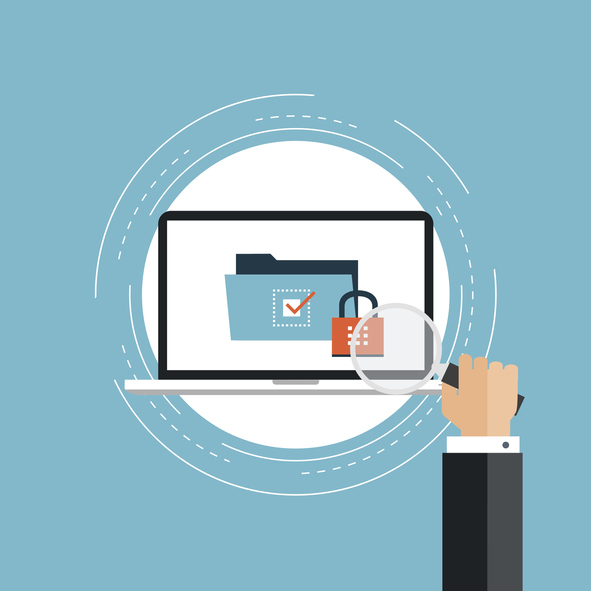Insider Threat Software Key to Minimizing Internal Incidents
October 1, 2018How to Overcome Obstacles to Insider Cybersecurity Threats
October 16, 2018How to Eliminate Insider Threats with Strong Employee Engagement
Employee monitoring has some definite benefits for employers. It increases your company’s data security, reduces the likelihood of corporate espionage, and can have positive impacts on employee productivity. However, it can also seriously diminish employee morale. Employees may have concerns about their own privacy, fear punishment or termination, or feel pressured to conform to a style of work that doesn’t best suit their needs and abilities. You can maintain strong employee engagement while reaping the benefits of employee monitoring if you can find a way to balance the two. Take a look at some ways to do that.
Avoid Using Monitoring Information to Punish
Using data to help workers improve is a net positive for everyone involved.
Everyone needs their job, and employees that are constantly worried about losing their job or being disciplined in the workplace are not the most engaged employees. Be careful about using information gleaned during monitoring to punish workers who aren’t meeting the standards that you want them to meet. Doing this will affect not only the individual worker affected, but also every other worker who will end up feeling that you’re constantly watching them, looking for an excuse to fire, demote, or otherwise discipline them.
Wherever possible, focus on improvement and mutual success instead. Chances are, your employees want to do well at their jobs and feel confident in their abilities. When your monitoring data shows weaknesses in an employee’s performance, use it as an opportunity to help them shore up their skills and working habits. That way, they’ll perform better for you, and they’ll also feel good about their own abilities in the workplace, resulting in better employee engagement.
Don’t Rely Too Heavily on Monitoring Data
Data gleaned from monitoring can be a useful tool in improving your workplace, but it shouldn’t be the only tool in your toolbox. That data only shows part of the picture, and it shouldn’t be taken without context. For example, client feedback can play an important role in contextualizing your data. If the data shows that an employee’s work is slower on a particular account, but the client is very pleased with that employee’s work, it may be the case that that particular client’s account is more complex than average, or that the client requires more frequent updates or explanations. In that case, the employee’s work speed is only part of the story – they’re putting in the effort to keep the client happy, and that is often more important than speed.
Don’t forget to also give workers a chance to speak for themselves and provide context as well. Employee feedback is also a valuable tool. If many employees are failing to meet a particular quota, for example, soliciting feedback may reveal that the quota is unrealistic, not that the employees are failing at their jobs.
Don’t Jump The Gun
Being transparent and allowing time to adjust to changes reinforces that management and workers are in it together.
If you’re implementing a new monitoring system and policy, it’s important not to change things too radically all at once. Take the time to communicate the changes to your employees – transparency between management and workers helps to keep morale high. Do a gradual rollout and allow time for workers to acclimate to changes.
When it’s used correctly, employee monitoring systems can improve a company’s bottom line without damaging the company’s relationship with its workers. To find out more about how you can use employee monitoring software in your business, Take an online test drive.



